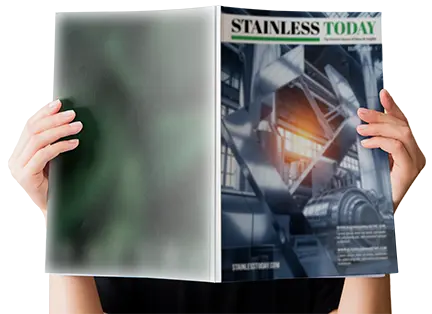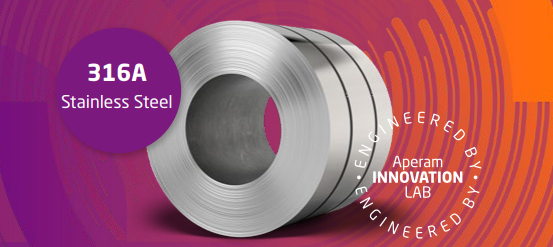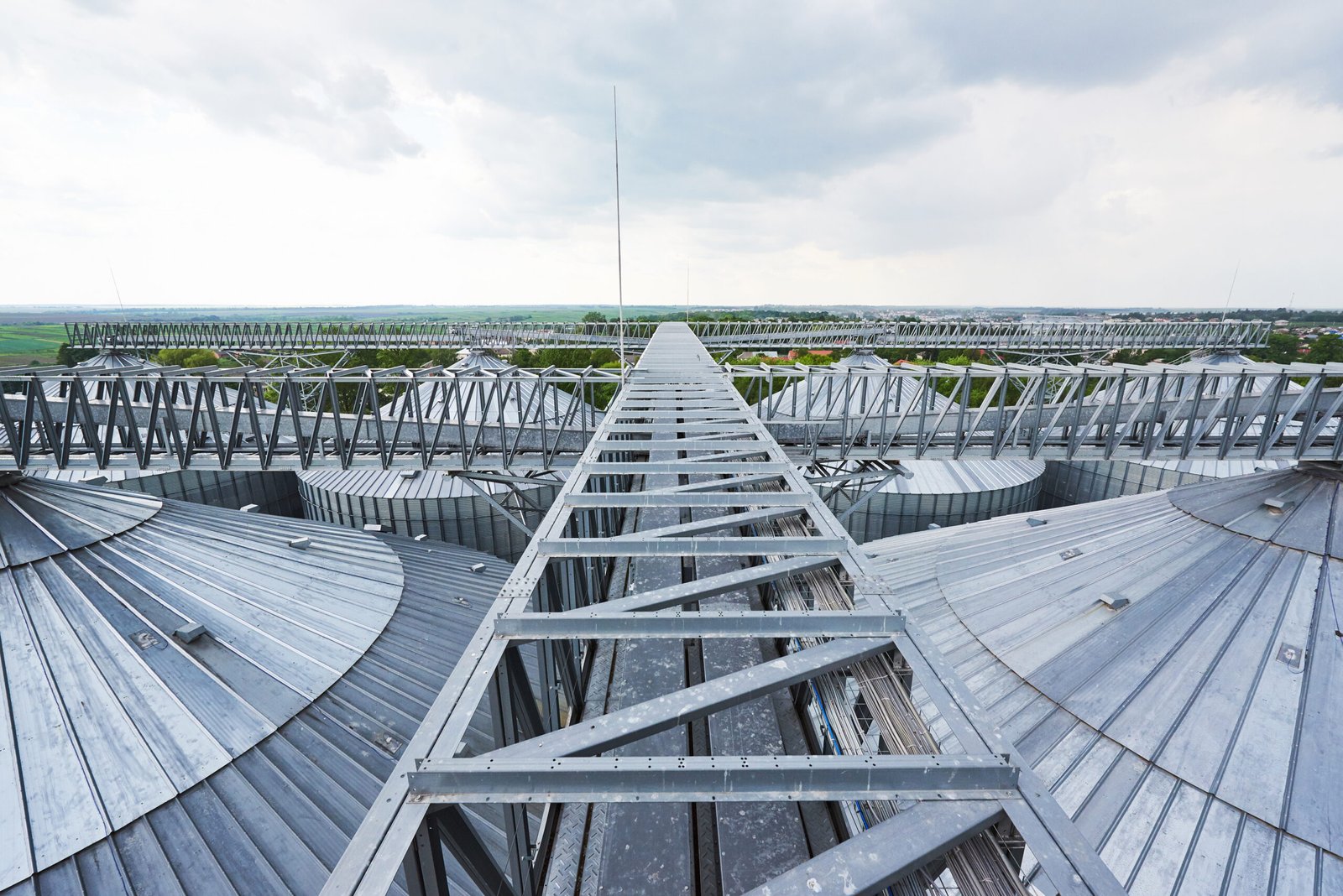What does the housing shortage in India mean for the stainless steel industry

India is projected to face an affordable housing shortage of 31.2 million units by 2030, as per a joint report by Confederation of Indian Industries (CII) and Knight Frank. Read on to know how this could be a golden opportunity for the stainless steel manufacturers.
The projected shortage in affordable housing will amount to 31.2 million units by 2030, says a joint report by CII and Knight Frank, creating a potential market size of ₹67 trillion. This massive demand presents a significant opportunity for the stainless steel industry.
Channelling the power
Stainless steel’s durability, corrosion resistance and aesthetic appeal make it an ideal choice for modern construction.
Its applications in affordable housing are vast, including:
- Structural components: Stainless steel is used in frameworks, beams, and columns, offering strength and longevity.
- Infrastructure: Stainless steel is used in water supply and sanitation systems, ensuring hygiene and durability.
- Finishes and fixtures: Stainless steel is used in railings, kitchen setups and bathroom fittings, providing a sleek and modern look.
To meet the anticipated demand, the construction of approximately 96,000 affordable housing units per day will be required.
This surge necessitates a substantial supply of stainless steel, presenting a lucrative opportunity for stainless steel manufacturers and dealers.
Commenting on the findings of the report, Subhash Chand Kathuria, Chairman of Synergy Steels, said in a company news release, “The real estate sector is not only a growth engine in itself but also a stimulus for adjunct industries thereby creating demand for construction, heavy machinery and industrial tools. It helps scale up infrastructure development, from connectivity and upgraded roads and railways to new or modernized aviation centres. This creates a ripple effect where levels of economic activity and real estate values increase. This coupled expansion has major potential for stainless steel applications, especially in low-cost housing and infrastructure projects.”
“With its impressive strength-to-weight ratio, corrosion resistance, and lifespan, stainless steel can help reduce lifecycle costs as a long-term solution. It can also reduce corrosion-induced losses resulting in savings to the economy of up to US$ 110 billion per year. When we successfully integrate stainless steel into core infrastructure and real estate, we not only improve cost efficiency, but also meet the sustainability needs of the economy.”
“The Architecture, Building and Construction Sectors (ABC) and Process Industries are expected to have a 22 per cent and 40 per cent share in total stainless-steel demand, respectively. The low cost of stainless steel, along with a 100-year service life and low maintenance, has led stainless steel to become an attractive option for affordable housing and large-scale civil engineering applications. With India’s promising growth curve, stainless steel will contribute to sustainable, long-term value creation for these key areas,” added Anubhav Kathuria, Managing Director, Synergy Steels.
Scaling up
To capitalise on this demand, the stainless steel industry must address challenges such as:
- Scaling production: Enhancing capacity to meet the large-scale requirements of the housing sector.
- Cost management: Maintaining affordability to align with the cost-sensitive nature of affordable housing.
- Sustainability: Adopting eco-friendly production methods to meet environmental standards.
By strategically navigating these challenges, the stainless steel industry can play a pivotal role in addressing India’s affordable housing shortage, contributing to both economic growth and societal development.










